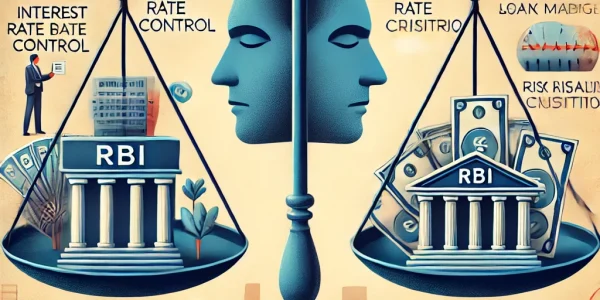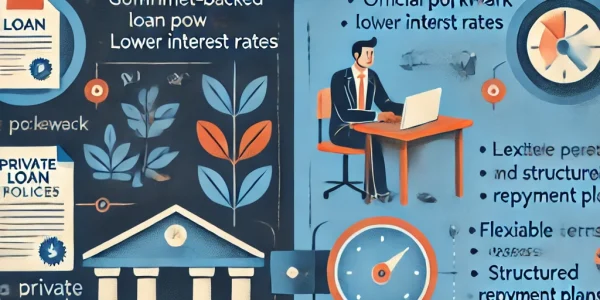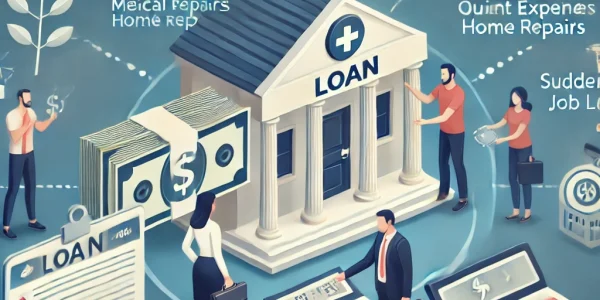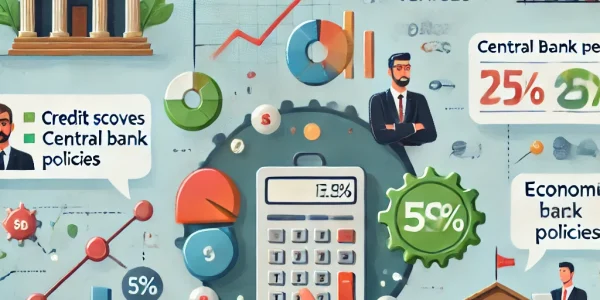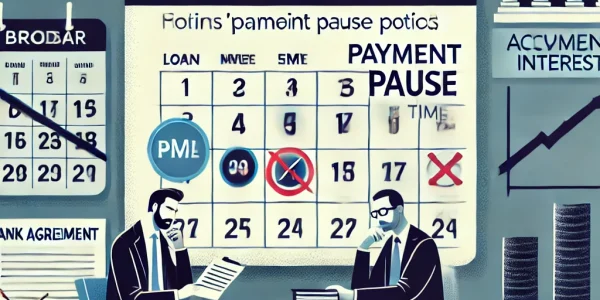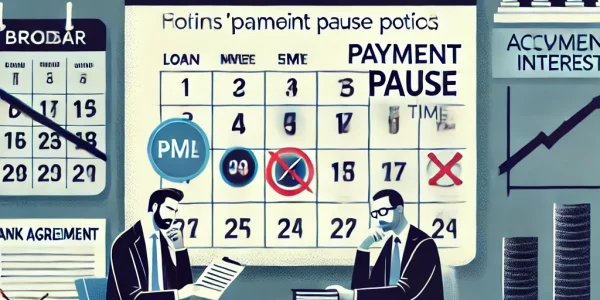Impact of RBI and Central Bank Regulations on Loan Policies
Introduction The Reserve Bank of India (RBI) and other central banks worldwide play a crucial role in shaping financial stability, especially in the lending sector. Their policies and regulations influence loan interest rates, eligibility criteria, lending limits, and overall credit…
Government Loan Policies vs. Private Loan Policies: Key Differences
Introduction Loans are an essential financial tool that help individuals and businesses meet their financial goals. Borrowers have two primary options when seeking a loan: government-backed loans and private loans. Each type has distinct policies, eligibility criteria, benefits, and drawbacks….
Emergency Loan Policies: How to Get Quick Financial Help
Introduction Financial emergencies can arise unexpectedly due to medical expenses, job loss, urgent home repairs, or other unforeseen situations. In such cases, emergency loans provide immediate financial relief. Understanding emergency loan policies can help borrowers secure funds quickly without falling…
How Co-Applicants and Guarantors Impact Loan Policies
Introduction When applying for a loan, borrowers often have the option to include a co-applicant or guarantor. While these individuals can enhance loan approval chances and improve loan terms, they also come with specific responsibilities and implications. Understanding how co-applicants…
Digital Transformation in Insurance Claims: AI, Blockchain, and Automation
The insurance industry has long been known for its complex claim processes, lengthy settlement periods, and extensive paperwork. However, with advancements in digital technologies like Artificial Intelligence (AI), Blockchain, and Automation, the insurance claims process is undergoing a significant transformation….
Top Factors That Influence Loan Interest Rate Policies
Introduction Interest rates play a crucial role in determining the affordability of loans for borrowers. Whether you are applying for a personal loan, home loan, or business loan, the interest rate directly impacts your monthly payments and overall financial burden….
Loan Restructuring Policies: What Borrowers Need to Know
Introduction Loan restructuring is a financial relief option that allows borrowers facing financial difficulties to modify the terms of their existing loans. It helps borrowers avoid defaults while ensuring that lenders recover their funds over an extended period. Understanding loan…
Understanding Loan Moratorium Policies: Benefits and Drawbacks
Introduction A loan moratorium is a temporary suspension of loan repayment that allows borrowers to defer their payments without being considered in default. Moratoriums are often introduced during financial crises, pandemics, or economic downturns to provide relief to individuals and…
How Loan Policies Differ for Salaried and Self-Employed Individuals
Introduction When applying for a loan, whether it’s a personal loan, home loan, or business loan, lenders categorize borrowers into two groups: salaried individuals and self-employed individuals. Loan policies differ significantly between these two categories due to variations in income…
Loan Forgiveness and Settlement Policies: How They Work
Introduction Loan forgiveness and settlement policies are financial relief options designed to help borrowers who are struggling to repay their loans. These policies can be beneficial in reducing or eliminating outstanding debt, but they come with specific eligibility criteria and…
